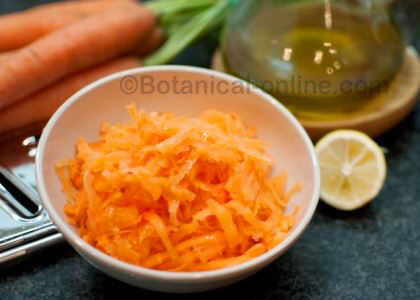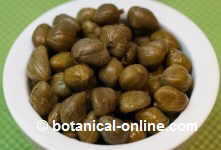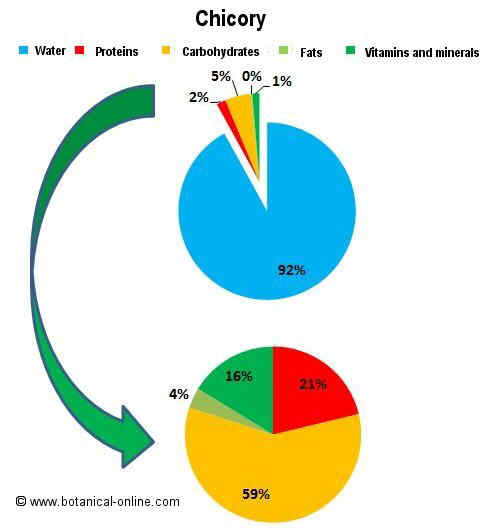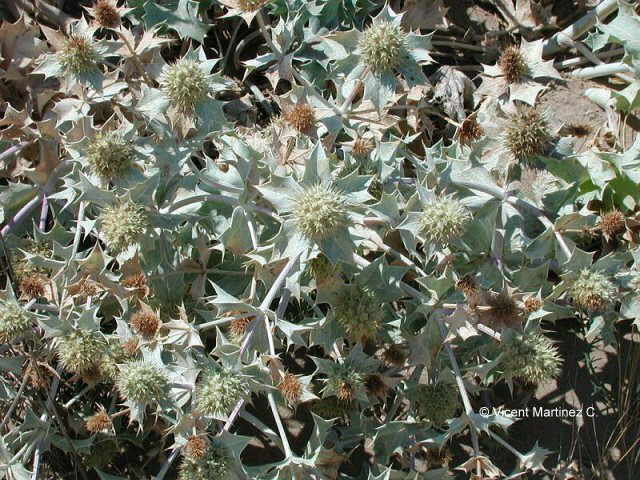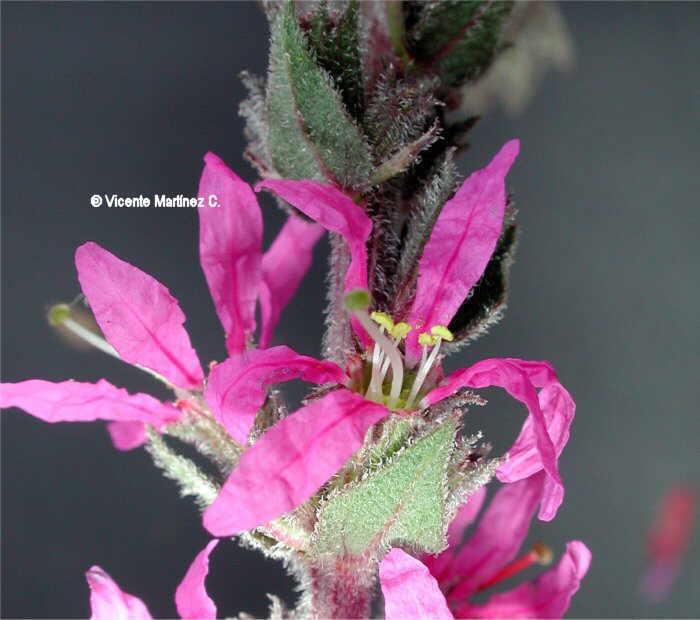Contents
Techniques for reducing or eliminating the oxalate content of food
ELIMINATION OF FOOD OXALATES
Why should you reduce the intake of oxalates?
Oxalates are irritant for the digestive mucous membranes. In addition, these substances are able to combine with other minerals preventing its assimilation.
Elevated oxalate intake is also associated with increased risk of kidney stones, especially in people prone to develop them.
The following are a number of tips to avoid the ingestion of many oxalates, so as to prevent the possible adverse effects that their consumption could produce:
Varying vegetables from the diet
 Photo of cup of raw spinach. Spinach are vegetables very rich in oxalates
Photo of cup of raw spinach. Spinach are vegetables very rich in oxalatesThe vegetables richest in oxalates are rhubarb, beets, spinach, chard, huauzontle and pure cocoa.
The first step in decreasing the oxalate content of the diet is to avoid consuming foods that are richer in these components.
For example, some people routinely take a lot of spinach or beets. In these cases, it is advisable to vary the diet and to take in more quantity other type of vegetables with less content in oxalatos, like broccoli, cauliflower, carrots, lettuce, borage, etc.
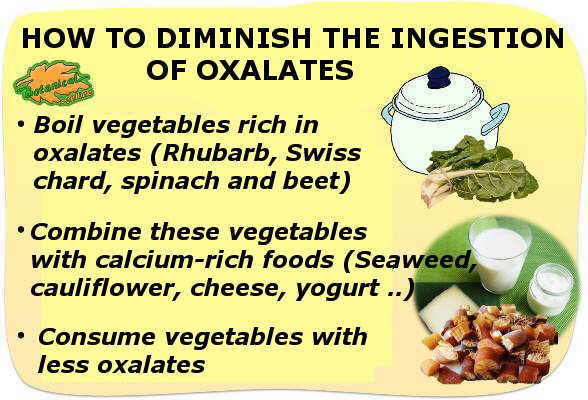
How to eliminate or diminish oxalates from the diet. The first step is to consume few oxalates. Boiling these vegetables (spinach, chard, rhubarb and beets) and combining with calcium-rich foods are other alternatives.
Boil vegetables with more oxalates
Secondly, what is recommended to avoid the effects of oxalates is to decrease their intake. Culinary techniques such as boiling are necessary to reduce the oxalate content of spinach, chard or rhubarb, which are vegetables with a high content of these substances.
Oxalates are soluble and remain in the cooking broth of these vegetables. It is advisable to discard the broth because it is rich in oxalates. This procedure should be carried out whenever you cook beets, spinach, or foods rich in oxalates.
In other cases this precaution is not possible, for example with pure cocoa, which is very rich in oxalates.
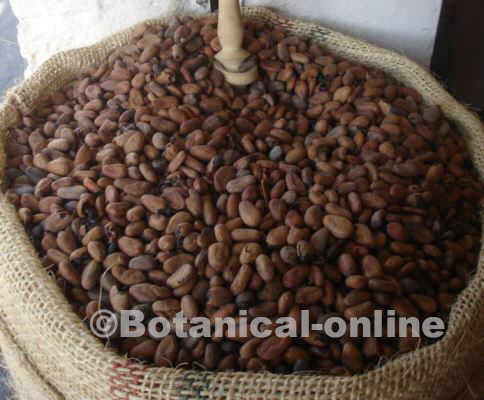 Photo of pure cocoa beans, very rich in oxalates
Photo of pure cocoa beans, very rich in oxalatesIs boiling always recommended?
It is not always advisable to boil the spinach, the Swiss chard, the rhubarb or the beet.
Boil should be considered as reducing the soluble oxalate content of vegetables by 30-80%, but it can also cause them to lose up to 80% of their vitamins, such as vitamin B9 (folic acid).
Therefore, it is only recommended to boil the vegetables mentioned when they are to be consumed in large quantities or if they are taken very frequently. For a salad with a few leaves of spinach, or occasional consumption of these vegetables, they can be consumed without the previous boiling.
Combine high-oxalate-rich vegetables with calcium
It is recommended to combine vegetables rich in oxalic acid with foods rich in calcium. The oxalates in vegetables combine with the calcium in food and form an insoluble complex in the intestine that can not be absorbed.
This calcium oxalate formed in the intestine is expelled by the feces, preventing its absorption and avoiding the formation of calcium oxalate stones in the kidneys, when these are eliminated by the urine.
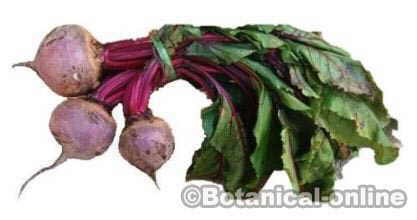 Photo of beet, rich in oxalates
Photo of beet, rich in oxalatesThe most well-known calcium-rich foods are dairy products, such as milk, yogurt (without added sugars) or cheeses. It has been shown how in Indian cuisine the combination of paneer cheese neutralized the presence of oxalates in food compared to other recipes that did not include dairy.
For example, it might be a good idea to combine cheese with spinach salads, or take a dessert yogurt if you consume a recipe with beets (such as a beetroot hummus or a vegetable smoothie).
Sesame and walnuts are also rich in oxalates
Another possibility is the combination of these vegetables with other sources of calcium such as algae.
But the combination with tahini sauce (sesame paste), almonds or sesame is not so suitable. These foods, although very rich in calcium, are also very rich in oxalates.
Can stones be prevented in the kidneys?
It can not be assured that by following these practices the risk of stones in the kidneys produced by calcium oxalate is eliminated.
These recommendations serve to decrease the total intake of oxalates in the diet and reduce the risk of stone formation, but it should be considered that there are other factors that determine the excretion of calcium oxalate in the urine.
The intestinal flora or microbiota is able to increase or decrease the absorption of oxalates at the intestinal level. In addition, it has been observed that certain people tend to eliminate more calcium and oxalates by the kidneys, which would favor the formation of stones in the kidneys. People with hyperoxaluria should avoid oxalates
* Related information:
![]() More information about oxalates.
More information about oxalates.


